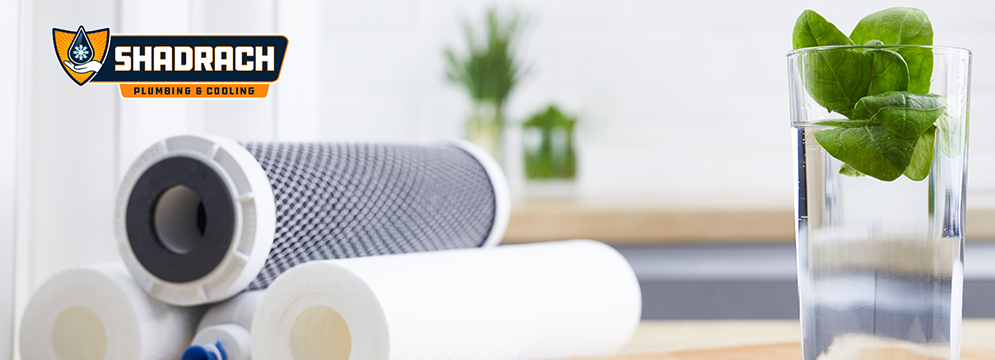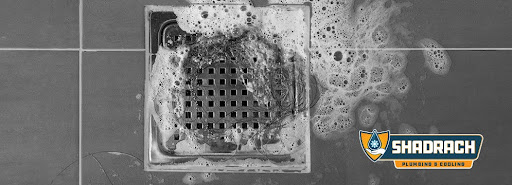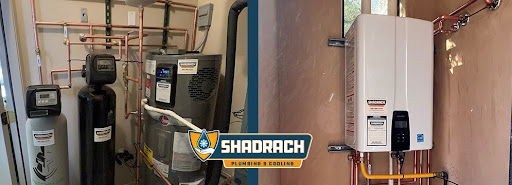How Does Reverse Osmosis Work?
Reverse osmosis (RO) uses pressure to remove dissolved salts, minerals and other contaminants from water, making it safe for drinking, cooking or other uses. It is a commonly used process in water treatment and desalination, especially in areas where water sources are limited or contaminated.
The basic principle of RO is based on osmosis, which is the natural movement of water molecules through a semipermeable membrane from a region of high concentration to a region of low concentration. In reverse osmosis, water is forced through the membrane in the opposite direction, using pressure that is greater than the osmotic pressure of the water. This pressure forces the impurities to be left behind, while the purified water passes through the membrane and into a separate storage container.
The reverse osmosis process starts with a pre-treatment step that removes any large particles, such as sand, sediment or debris. The water then passes through a sediment filter that removes finer particles, before being passed through the RO membrane. The RO membrane is made of a thin, semipermeable material that allows only water molecules to pass through, while blocking any contaminants.
The water that passes through the membrane is referred to as the permeate, while the water that is left behind is called the concentrate. The concentrate is usually discharged, while the permeate is collected and further purified if necessary.
Reverse osmosis is a common method of purifying water and is both effective and efficient. It’s widely recognized as one of the most reliable methods for removing impurities from water.
For more information on how reverse osmosis can help make your water safer and tastier, contact Shadrach Plumbing & Cooling today.








